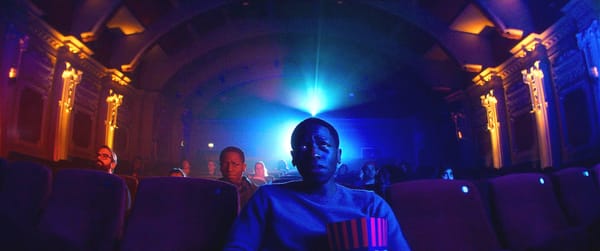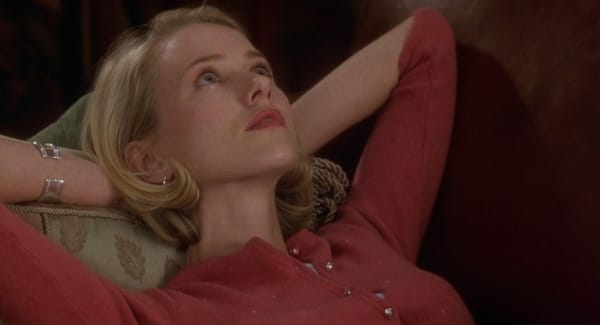Who Am I This Time?
"Holy Motors" and the melancholy visions of Leos Carax

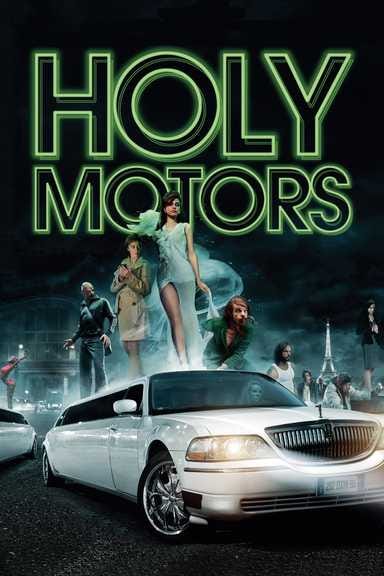
This weekend’s streaming recommendation is a strange one – next week light entertainments only, I promise! – but it’s also one of my favorite movies from the past decade, and the BBC named it one of the century’s best to date. It’s “Holy Motors” (2012), a witty, melancholy, often shocking fantasia on the roles we play-act in modern society’s hall of mirrors, technological and otherwise. It’s unlike any movie you’ve seen before, and you can stream it for free if you have a Kanopy library account or rent it on Google Play, YouTube, Vudu, Microsoft, or Apple TV.
I’m spotlighting “Holy Motors” because director Leos Carax’s new movie, “Annette,” hits theaters today and if you choose for health concerns not to see it on the big screen, you can while away the time before it comes to Amazon Prime on August 20 by boning up on the director’s earlier work. I’d recommend that, actually: Carax is a fascinating French bad boy of cinema who has never managed to punch through to mainstream renown in this country, in part because he makes movies so infrequently: Only six in 38 years. “Annette,” which opened the Cannes Film Festival in May, could change that. It’s a wildly stylized musical, half-“La La Land” and half bloodthirsty 19th-century opera, starring Adam Driver and Marion Cotillard and featuring songs, written by the long-lived rock oddities Sparks (more about them below), that both undercut movie-musical cliches and take them someplace weirdly deeper.
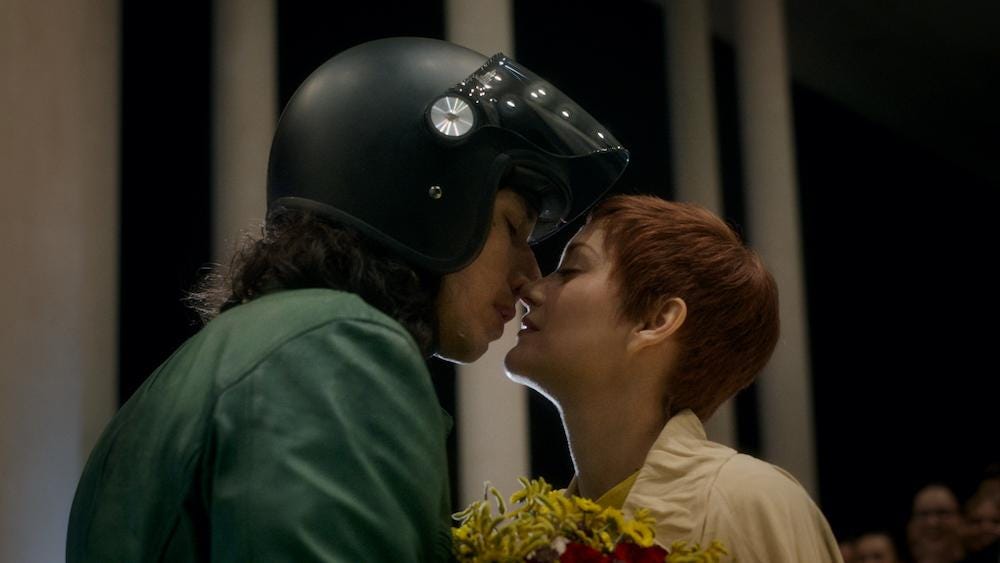
I’ll wait a few weeks to weigh in on “Annette” in full (and it is a movie in full), but I do think the cast alone stands to bring it to the attention of a larger US audience than anything Carax has done before. And, boy, will they be unprepared for it.
Ty Burr’s Watch List is a reader-supported newsletter. Both free and paid subscriptions are available. Those who want to support my work are encouraged to take out a paid subscription.
The director works in a register of overripe art-house romanticism that can swerve into violence or explicit sex, and he has about as much use for realism – i.e., none – as any of the old-school studio masters or his most obvious influence, the young Jean-Luc Godard. Carax is one of those filmmakers who may love the movies more than he does people, at least in his early works, with films like “Boy Meets Girl” (1984) and “Mauvais Sang” (1986), the latter a mash-up of heist movies, sci-fi, and ravaged melodrama.
“Lovers on the Bridge” (1991) casts a luminous young Juliette Binoche and Carax’s regular leading man Denis Levant as derelicts clinging to each other on the Pont Neuf; it is epic and off-kilter, brave and strange. “Pola X” (1999) is even more of a risk: A retelling of “Pierre: or, The Ambiguities,” the 1852 novel that torpedoed Herman Melville’s career, which transposes its tortured romance to the streets of 20th century Paris.
These movies are strong stuff, gorgeously filmed, but they feel slightly remote – absinthe-tinged fever dreams that never make it all the way out of the dreamer’s head. “Holy Motors” is of another order: An enigmatic odyssey that eludes easy explanation yet somehow makes sense, as though Carax had tapped into a malaise we all share and that has only sharpened in the years since the movie’s release.
Mr. Oscar, an officious little businessman played by Lavant, bids his wife and children goodbye in the morning and climbs into a long white stretch limousine driven by Céline (Édith Scob), his assistant and part-time confessor. She hands him the day’s assignments. These turn out to involve the role-playing of different characters throughout the city of Paris as the day progresses. We see that the limo is spacious enough to include a full make-up table and wardrobe assortment, which allows Mr. Oscar to transform himself into a hunched beggar woman holding a tin cup out to oblivious passersby, or the father of an unhappy teenaged daughter (Jeanne Disson), or a dying man tended by a beloved niece (Elise Lhomeau). The implication is that every day offers a new shuffling of the deck, that Oscar will never play the same person twice – that these relationships are all provisional. Even the family at the film’s start will be forgotten by day’s end.
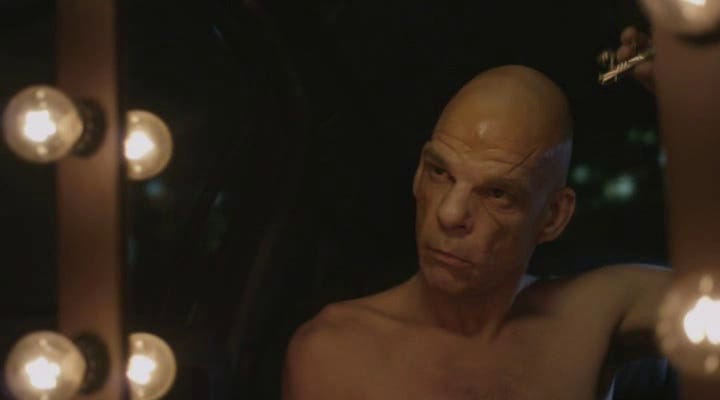
The movie is divided into nine segments – nine assignments. One requires Oscar to don a motion capture suit and whirl through videogame martial arts moves before being joined by a similarly attired woman (Zlata, a.k.a. “the world’s most flexible woman”) for a passionate sex scene that digitally transforms them into pixellated dragon creatures on the control room’s computer screen.
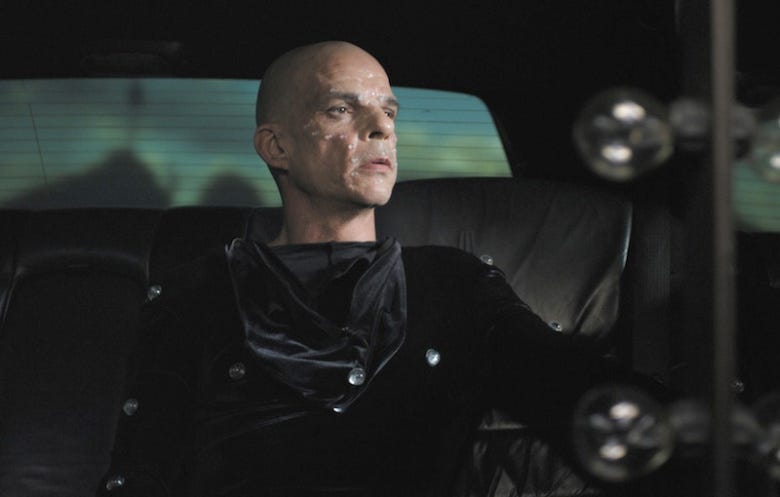
In the most discombobulating segment, Oscar becomes “Mr. Merde,” a raving little red-haired Gollum who erupts from the city’s sewers and kidnaps a statuesque fashion model (Eva Mendes), taking her back to his underground lair for – well, I know what you’re expecting, but that’s not what you get. The character originated in Carax’s segment of the omnibus film “Tokyo!” (2008) and returns here as a funny/terrifying Monster from our collective Id, complete with a snippet of the score from the original 1954 “Godzilla” on the soundtrack.
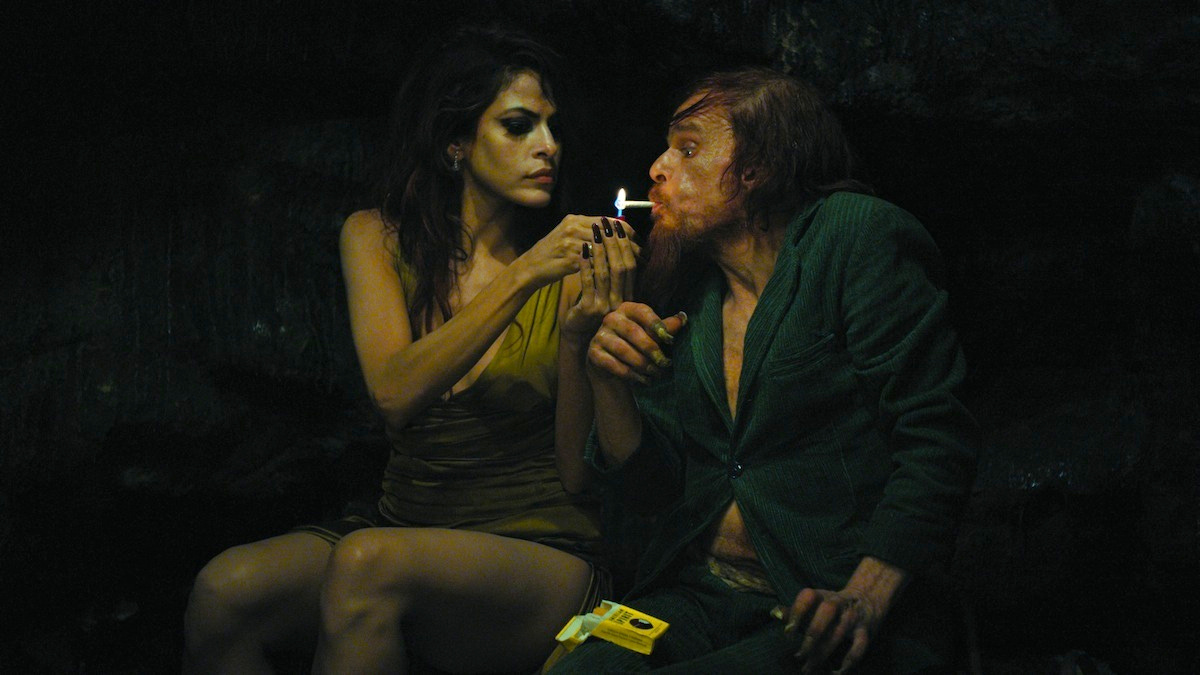
If this all sounds like so much art-house wankery, sound and image signifying zippety-doo-dah, then why does “Holy Motors” breathe with a larger sadness, one that connects with the many ways we disconnect? A boss (Michel Piccoli) turns up in the limo at one point, worrying that Oscar has burned himself out. Oscar says he misses seeing the cameras – they’ve become so small now. He says he still does it for the beauty of the act. A spooky sub-current of this film suggests we’ve all been watching movies for so long that they’ve started watching us.
The eighth segment involves an encounter with another “actor” when their limousines collide; Eva (pop star Kylie Minogue) sings to Oscar of the love they once shared, the child they once had. Or was that just another movie? In the segment before that, we’ve seen the dying man and his niece share a touching farewell and then politely excuse themselves as they rush off to their next roles. You sense a community of souls passing each other in the night, admiring each other’s artistry while wishing they could stay longer – anywhere, with anyone.
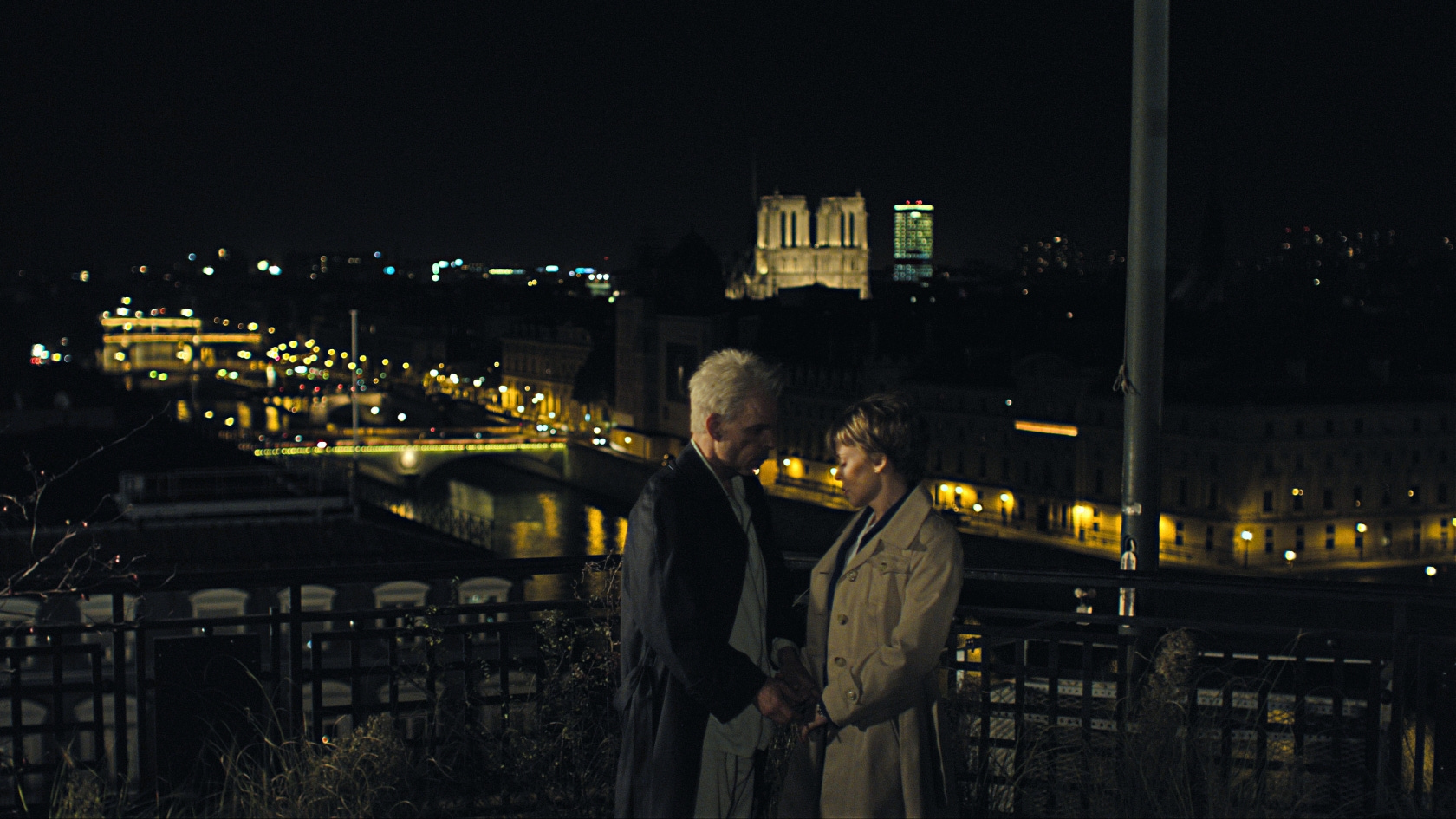
Carax made “Holy Motors” in a fast few weeks while mourning his life partner, “Pola X” co-star Yekaterina Golubeva, who died in enigmatic circumstances at 44; the film is dedicated to her. He trusted his instincts and his leading man, Lavant, who has one of the great movie faces and who can suggest with equal skill a hideous gargoyle or the world’s loneliest man. I watched it again last night, mesmerized by its vision and reminded of how the movies are – were? will be? – a form of dreaming that we somehow manage to do together before stumbling back into the light.
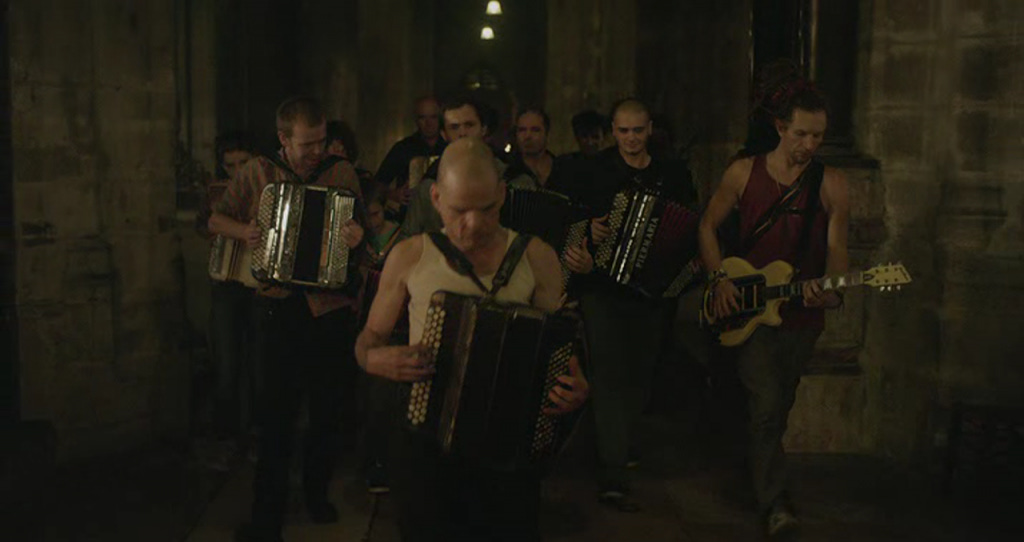
But, hey, if all this sounds too heavy for a weekend watch, you can prep for “Annette” with Edgar Wright’s altogether wonderful documentary “The Sparks Brothers,” which is newly available for streaming — at premium prices — on most platforms. It’s a recounting of the 50-year odyssey of “the best British band to come from America,” which consists of brothers Ron and Russell Mael and whoever they get to play along at any given time. The duo’s affinities with fellow eccentric Carax are obvious: The director scored one “Holy Motors” scene to an early Sparks song and included in that film a joyful musical “Entr’acte” (above) that he essentially replicates as the opening number of “Annette” (below), this time with the Maels themselves singing merrily along.
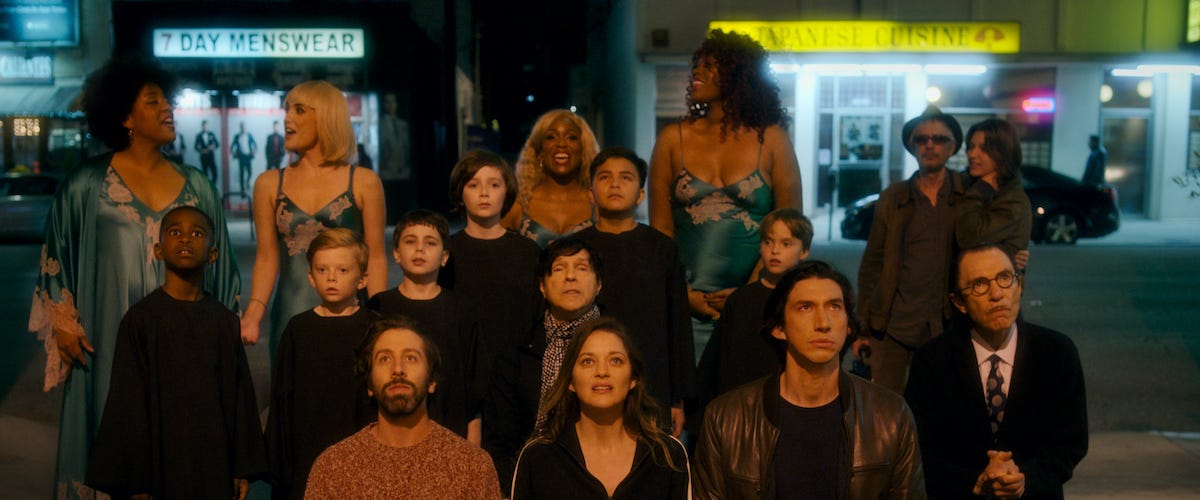
If you enjoyed this edition of Ty Burr’s Watch List, please feel free to share it with friends.
Or subscribe. Thank you!



